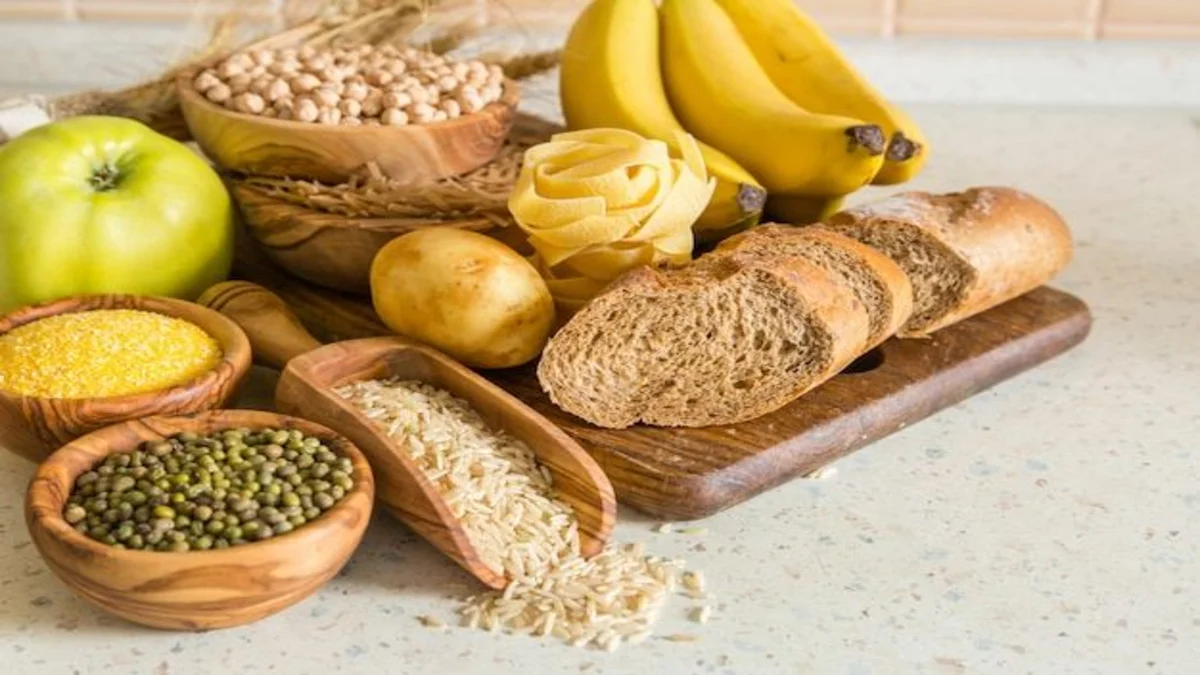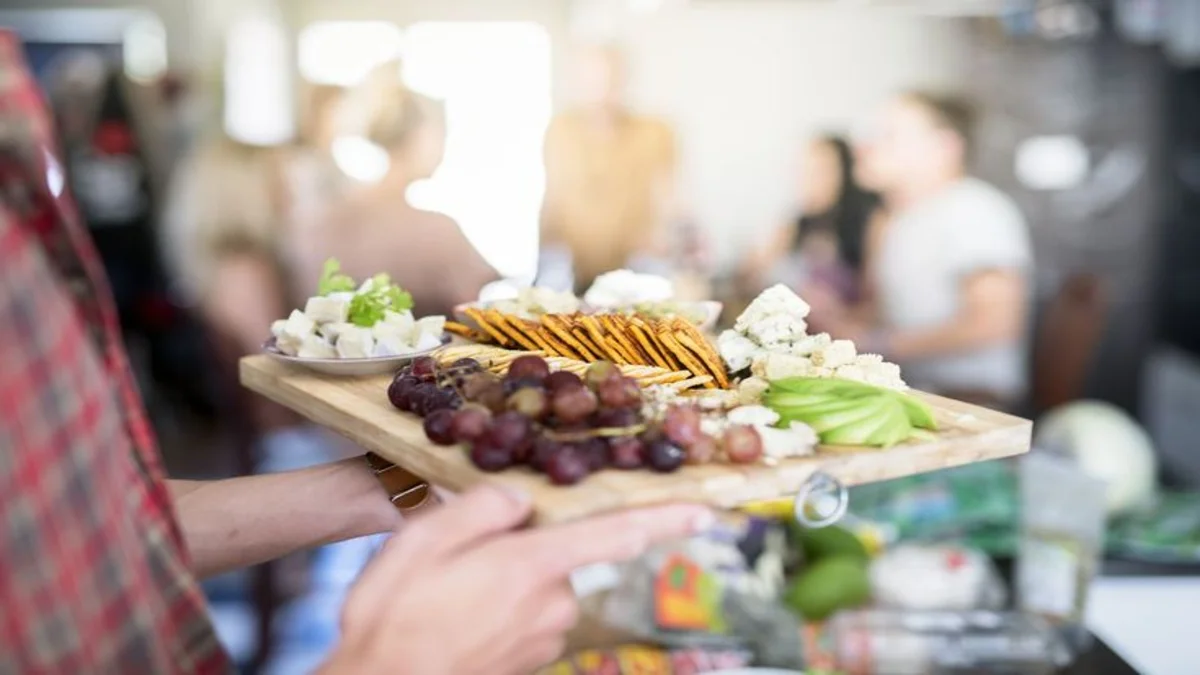Can you eat mango skin? Learn about the possible health benefits and risks associated with consuming these tropical fruit peels.
Mangoes are a popular tropical fruit known for their sweet and juicy flesh. But have you ever considered eating the skin? Many people wonder if it’s safe to eat and if there are any benefits or risks associated with consuming mango skin.
Mango Facts

Here’s some quick information on this tropical fruit:
• Mangos originated in Asia. Mango trees are native to India, and for many years, the fruit had to be brought into other countries. Nowadays, certain kinds are grown in the southern United States. If you live in a warmer climate, you can buy mango trees online from Yarden and grow your mangos.
• Mangos are classified as “drupes” or stone fruits. Mangos, like peaches, plums, and cherries (collectively known as drupes), have a “stone” or “pit” in the center. Stone fruits feature a fleshy exterior known as the mesocarp (covered in skin or exocarp) that encases a stone or pit (the shell of which is a hardened endocarp containing a seed).
• Mangos can be enjoyed in a variety of ways, including eating them fresh, blending them into smoothies, adding them to salads or desserts, grilling, baking, and making compotes or preserves.
• Mangoes have numerous health benefits. Mango is a low-calorie food rich in vitamins and nutrients, particularly vitamins C and A, fiber, and folate.
Eating mango skin is a topic that often raises questions and curiosity among mango enthusiasts. While many people enjoy the sweet, juicy flesh of a ripe mango, some wonder if it’s safe or even desirable to consume the skin. Let’s delve into the subject further to understand the potential benefits, risks, and culinary considerations associated with eating mango skin.
Can You Eat Mango Skin?
Nutritional Value
Mango skin contains a variety of nutrients, including vitamins, minerals, and antioxidants. The skin is particularly rich in dietary fiber, which can aid digestion and promote overall gut health. Additionally, mango skin contains compounds like mangiferin and quercetin, which have been studied for their potential health benefits, such as anti-inflammatory and antioxidant properties.
Safety Considerations
While mango skin is generally safe to eat, there are some considerations to keep in mind. Pesticide residue is a concern with conventionally grown mangoes, as the skin may retain higher levels compared to the flesh. Washing the mango thoroughly or choosing organic varieties can help reduce pesticide exposure. Additionally, some individuals may experience an allergic reaction to compounds in the skin, so it’s essential to monitor for any adverse effects.
Texture and Taste
The texture of mango skin can vary depending on the variety and ripeness of the fruit. Young, unripe mango skin tends to be firmer and more bitter, while ripe mango skin is softer and sweeter. Some people enjoy the slightly tangy flavor and chewy texture of mango skin, while others prefer to peel the fruit before eating.
Culinary Uses
Mango skin can be incorporated into various dishes and recipes, adding both flavor and nutritional value. It can be blended into smoothies or juices, providing an extra boost of fiber and nutrients. Additionally, mango skin can be pickled, used to make chutneys or sauces, or even dried and turned into mango peel powder for seasoning dishes.
Preparation Tips
If you decide to eat mango skin, it’s essential to wash the fruit thoroughly under running water to remove any dirt, debris, or pesticide residue. You can also use a produce brush to scrub the skin gently. Peeling the mango is another option if you’re unsure about the safety or taste of the skin.
How to make mango butter for skin?

Making mango butter for the skin is a simple process that involves extracting the beneficial properties of mangoes to create a nourishing and moisturizing product. Here’s a basic recipe to make mango butter at home:
Ingredients:
- Ripe mangoes (2-3)
- Shea butter or cocoa butter (optional, for added richness)
- Coconut oil or almond oil (optional, for additional moisture)
- Essential oils (optional, for fragrance and added benefits)
Instructions:
- Prepare the mangoes: Start by selecting ripe mangoes with vibrant orange flesh. Wash the mangoes thoroughly to remove any dirt or residue.
- Peel and slice the mangoes: Use a sharp knife to carefully peel the skin off the mangoes. Cut the flesh into small pieces, discarding the pit.
- Blend the mango flesh: Place the mango pieces in a blender or food processor and puree until smooth. Ensure no chunks are remaining.
- Extract the mango butter: Transfer the mango puree to a saucepan and cook over low heat, stirring continuously. As the puree heats up, the moisture will evaporate, and the mixture will thicken. Continue cooking until you achieve a smooth, buttery consistency.
- Optional: Add other ingredients: At this stage, you can add other ingredients to enhance the properties of the mango butter. For example, you can melt shea butter or cocoa butter and mix it into the mango puree for added richness. Similarly, you can incorporate coconut oil or almond oil for extra moisture. If desired, you can also add a few drops of essential oils for fragrance and additional skin benefits.
- Cool and store: Once the mango butter reaches the desired consistency, remove it from the heat and let it cool completely. Transfer the mango butter to a clean, airtight container for storage. Keep it in a cool, dry place away from direct sunlight.
- Application: To use the mango butter, simply scoop out a small amount and massage it onto your skin. It can be applied to the face, body, hands, or any areas that need moisture and nourishment. Use it regularly as part of your skincare routine for soft, hydrated skin.
By following these steps, you can create your homemade mango butter, harnessing the natural goodness of mangoes to pamper and rejuvenate your skin. Enjoy the luxurious feel and delightful fragrance of this nourishing skincare treat!
Conclusion
So, eating mango skin has a variety of positive and negative impacts. Mango skin is high in fiber, vitamins, and antioxidants, all of which promote good health. These may help with weight management and overall well-being. However, allergy and pesticide residue exposure are two potential concerns.
The decision to eat mango skin is influenced by personal preferences such as allergies and flavor. If you decide to consume it, make sure to properly prepare the skin. This includes thoroughly cleaning it and using it in recipes to disguise its flavor and texture. Finally, it is critical to make an informed decision based on your health concerns and preferences.
FAQs
Is healthy to eat mango skin?
Should you peel a mango before eating it?
What are the pros and cons of eating mango skin?
Can mangoes increase testosterone?
References
- National Center for Biotechnology Information (NCBI). Exploring the mango-poison ivy connection: the riddle of discriminative plant dermatitis [Internet]. [cited 2024 Feb 20]. Available from: https://www.ncbi.nlm.nih.gov/pubmed/15701120
- National Center for Biotechnology Information (NCBI). Mango (Mangifera indica L.) by-products and their valuable components: a review [Internet]. [cited 2024 Feb 20]. Available from: https://www.ncbi.nlm.nih.gov/pubmed/25863626
- National Center for Biotechnology Information (NCBI). Exogenous antioxidants—Double-edged swords in cellular redox state – PMC [Internet]. [cited 2024 Feb 20]. Available from: https://www.ncbi.nlm.nih.gov/pmc/articles/PMC2952083
- National Center for Biotechnology Information (NCBI). Polyphenols, Inflammation, and Cardiovascular Disease – PMC [Internet]. [cited 2024 Feb 20]. Available from: https://www.ncbi.nlm.nih.gov/pmc/articles/PMC3651847
- National Center for Biotechnology Information (NCBI). Potential Role of Carotenoids as Antioxidants in Human Health and Disease – PMC [Internet]. [cited 2024 Feb 20]. Available from: https://www.ncbi.nlm.nih.gov/pmc/articles/PMC3942711
- National Center for Biotechnology Information (NCBI). Relationship between Serum and Brain Carotenoids, α-Tocopherol, and Retinol Concentrations and Cognitive Performance in the Oldest Old from the Georgia Centenarian Study – PMC [Internet]. [cited 2024 Feb 20]. Available from: https://www.ncbi.nlm.nih.gov/pmc/articles/PMC3690640
Disclaimer: The information provided here is for educational/awareness purposes only and is not intended to be a substitute for medical treatment by a healthcare professional and should not be relied upon to diagnose or treat any medical condition. The reader should consult a registered medical practitioner to determine the appropriateness of the information before consuming any medication. PharmEasy does not provide any guarantee or warranty (express or implied) regarding the accuracy, adequacy, completeness, legality, reliability, or usefulness of the information; and disclaims any liability arising thereof.





